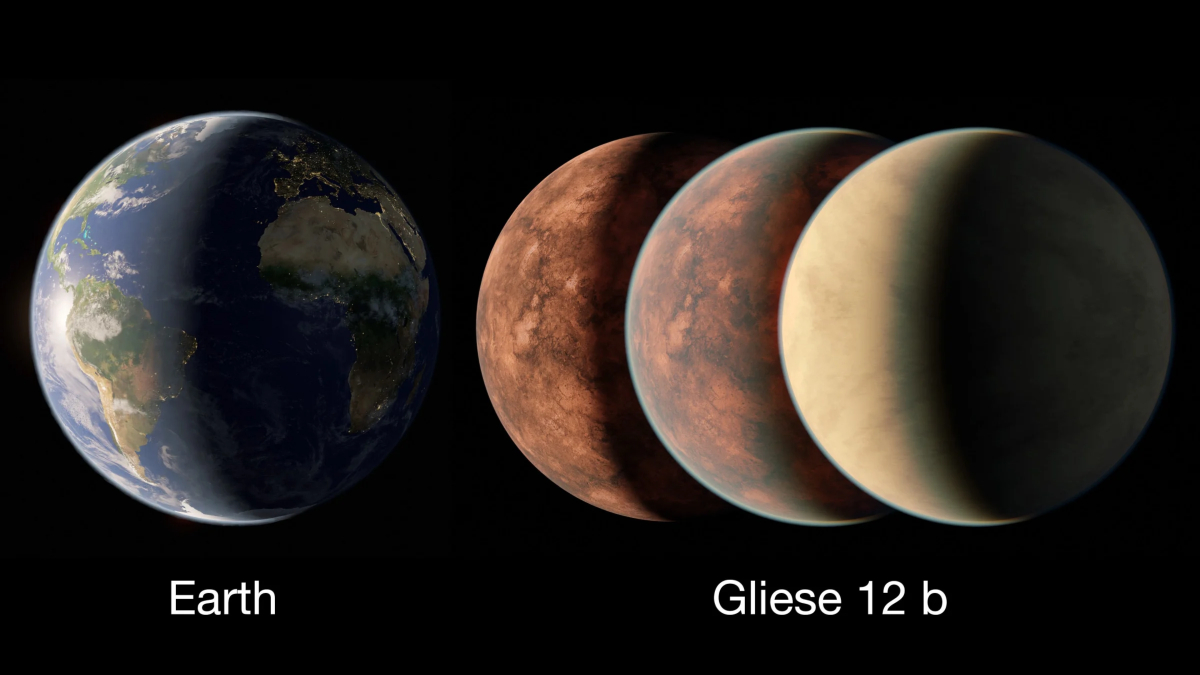NASA has identified a planet located 40 light years from Earth, which completes an orbit every 12.8 days and might be habitable, according to a report by USA Today.
The planet, named Gliese 12 b, is classified as a “super Earth exoplanet,” which indicates that it is nearly the same size as Earth or slightly smaller. Exoplanets, as defined by NASA, are planets that exist outside our solar system.
“We’ve found the nearest, transiting, temperate, Earth-size world located to date,” said Masayuki Kuzuhara, a project assistant professor at the Astrobiology Center in Tokyo. He further noted, “Although we don’t yet know whether it possesses an atmosphere, we’ve been thinking of it as an exo-Venus, with similar size and energy received from its star as our planetary neighbor in the solar system.”
Gliese 12 b orbits a cool red dwarf star known as Gliese 12. This star is only about 27% the size of our sun and has roughly 60% of the sun’s surface temperature. If Gliese 12 b lacks an atmosphere, NASA scientists estimate its surface temperature would be around 107 degrees Fahrenheit.
NASA has highlighted that red dwarf stars, due to their small sizes and masses, are particularly effective for discovering Earth-sized planets. The dimming effect during a planet’s transit and the wobble, or “reflex motion,” induced in the star by the orbiting planet are more noticeable around smaller stars. Additionally, the lower luminosity of red dwarf stars aids in assessing the habitability of their planets and the presence of liquid water.
The distance between Gliese 12 and Gliese 12 b is merely 7% of the distance from Earth to the sun, resulting in Gliese 12 b receiving 1.6 times more energy from its star than Earth does from the sun.
“Gliese 12 b represents one of the best targets to study whether Earth-size planets orbiting cool stars can retain their atmospheres, a crucial step to advance our understanding of habitability on planets across our galaxy,” said Shishir Dholakia, a doctoral student at the Centre for Astrophysics at the University of Southern Queensland in Australia.
NASA researchers are eager to study Gliese 12 b and other similar planets to gain insights into our solar system’s evolution. Michael McElwain, a research astrophysicist at NASA’s Goddard Space Flight Center, emphasized the importance of such studies, stating, “To better understand the diversity of atmospheres and evolutionary outcomes for these planets, we need more examples like Gliese 12 b.”






